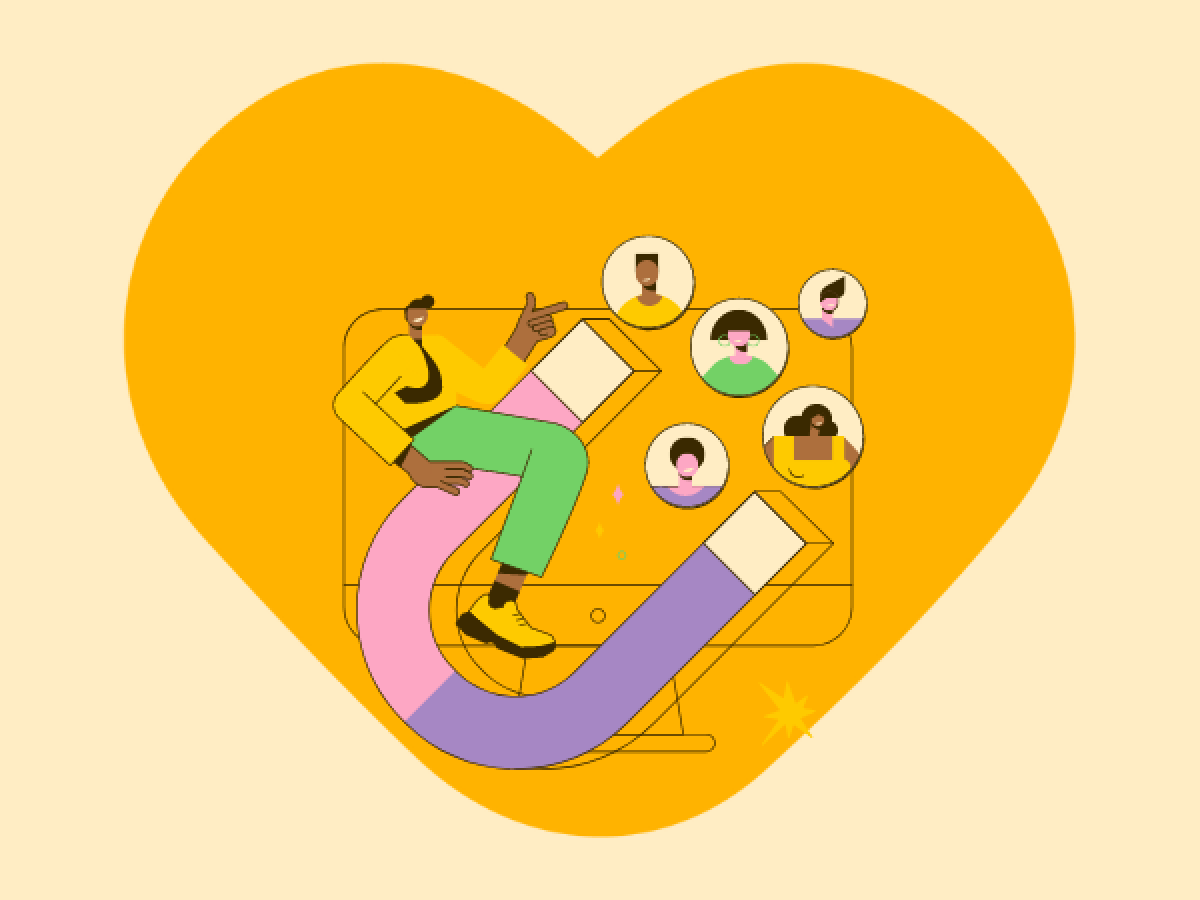Transforming likes to sales: Mastering the 6-step influencer marketing strategy

Like every other e-commerce marketer, you want to create a social commerce programme where you work with influencers to help sell out your products. (If that's not the case, read here why you should.)
Thandi Gama, a fashion and lifestyle influencer, shared an IG reel featuring her latest purchase – a comfortable and stylish loungewear maxi dress from @impreccaonline. The post quickly gained traction, with her followers clamouring for a link to the dress. Thandi wasted no time reposting the reel to her stories and sharing the link to the online store. Within hours, the dress was sold out in almost every available size.
While this example provides compelling evidence of one influencer's potential to drive sales, without trustworthy tracking methods to definitively attribute sales to individual influencers, it's circumstantial and not concrete proof of an ongoing ability to provide ROAS.
You can now harness the power of influencers for sales success
Influencer marketing campaigns offer a tremendous opportunity for you to generate sales and leads. Influencers can drive relevant traffic to your products. Plus, this approach creates a win-win relationship between you and the creators that you work with. However, brands often fail to capitalise on this potential revenue stream because their campaigns are more focused on likes and comments instead of clicks and conversions.
How can you avoid this and what are the practical steps to making the switch? Here are 6 practical steps:
Step 1 > Turn campaigns into programmes
Stop thinking of creators as billboards and think of them as individual sales partners instead. Give each of them sufficient time and freedom to learn how to best sell your products/services to their followers. Commit to them so that they commit to you.
Step 2 > Design for attribution
Brief and incentivise influencers to use organic formats that allow their followers to click (e.g. stories, Youtube videos) and/or give them individual coupon codes so that you can measure conversions per influencer partner.
Step 3 > Direct links
Give creators direct links for the products they are promoting to decrease friction and increase conversion rates or even better, allow them to create their own links towards the products they want to promote to increase motivation.
Step 4 > Incentivise influencers and their followers
Motivate influencers to work harder for you by uncapping their earnings and giving them a share of the revenue they bring you. Similarly, motivate their followers to buy now directly from the influencers they follow with limited editions, unique bundles or special offers.
Step 5 > Measure influencers individually
Measure each influencer as its own channel by looking at the traffic, add-to-carts and sales they generate individually, in line with their audience size and compensation. Compare their ROAS and see who your star performers are.
Step 6 > Share knowledge and data
Let influencers know how they are performing at regular intervals so that they remain motivated and learn. Share tips, tricks and advice from other influencers on your programme to help them learn and perform better.
Making this switch makes it possible for you to design for attribution. Ditch outdated measurements like reach and engagement. Design programmes and user journeys to ensure you can measure the entire funnel from influencer content to online store visits, add-to-cart and ultimately conversion. Earned media value is a nice feel-good statistic but it doesn't feel quite as good as actual customer purchases. Affiliate links from influencers not only provide a spike in traffic and sales but can also provide ongoing brand exposure and long-tail purchases depending on the social media platform used.
Social commerce programmes make it possible for you to build better relationships with influencers. Most creators seek a long-term partnership that provides them with stability and enough time to commit to learning more about their brand partners and how to promote them effectively. By aligning goals and establishing trust, both parties can create a mutually beneficial partnership, with influencers motivated to provide ongoing support. Influencers are motivated to create more content because they get rewarded for content that works. They can see which content resonates with their audience and keeps creating to keep landing the brand message and generate more traffic for their partners.
Go from chasing likes to chasing purchases
Globally, influencers have now sold over $215m in products on the Humanz platform, as measured by the Humanz Pixel. The Humanz Pixel allows marketers to measure each influencer as an individual channel, from clicks and add-to-carts to actual net sales. The technology further helps motivate and empower influencer partners by allowing them to create their own product links and see their own sales data in real-time to understand which content is working and which products are most popular with their followers.
As a marketer, this technology allows you to design for proper ROAS and marketing attribution, and not only understand whether influencer marketing is working for you but also, at a more granular level, which influencer partnerships provide you with positive ROAS and which ones don't. If you run your own ecommerce business, this technology is easy to implement. If you sell via one of South Africa's major online retailers, check which ones are part of the Humanz Retailer Partner programme.
